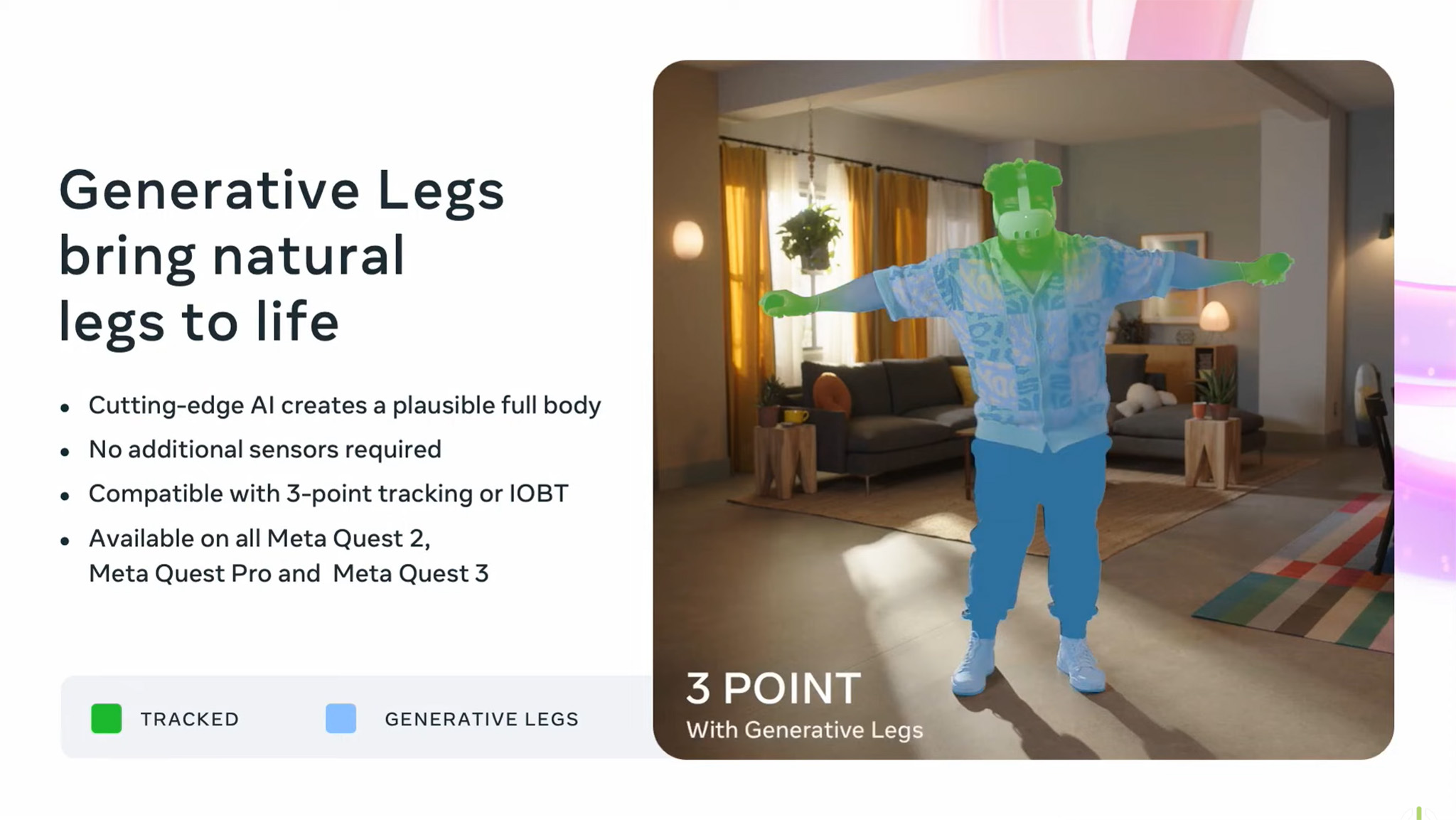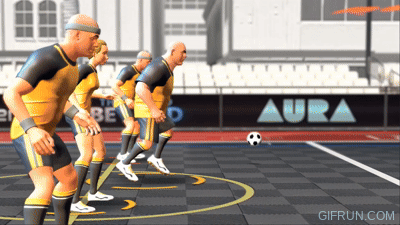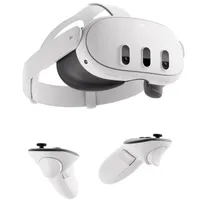Body tracking could be the Meta Quest 3's best new feature
It's just one more way to make games feel even more real.

Part of the magic of VR is the ability to move your body in the virtual world just as you can in real life. But, up until now, there have been limitations on how much of your body you can move. Typically, VR games and headsets only track your head and hand movements, then use a clever bit of programming to guestimate how your arms and legs might be moving.

In his weekly column, Android Central Senior Content Producer Nick Sutrich delves into all things VR, from new hardware to new games, upcoming technologies, and so much more.
With the Meta Quest 3, that’s all changing in a palpable way as Meta introduces a new technology called Inside-Out Body Tracking (IOBT). The term “inside-out” simply refers to the cameras inside the headset being used to track objects outside of the headset. Quest already does this with cameras, but the tech is now evolving once again.
IOBT uses the Quest 3’s bottom-facing cameras to track your torso, arms, and even legs and feet, making your movements in VR not only feel more realistic but also adding significant enhancements to gameplay.
That kind of tracking has been impossible up until now — unless you spent hundreds (or thousands) of dollars on a PCVR headset and an accompanying set of individual body tracking devices. As has been the case with the Quest since its inception, expensive tech is now being democratized through an affordable method.
This time, you’ll need nothing more than a Meta Quest 3. That's great, given the great Meta Quest 3 deals that are already available!
Evolving interaction again

Early VR headsets only let you move your head to look around, while later generation headsets like the HTC Vive allowed users to move around in the virtual world just as they would in the real world.
Now, with Inside-Out Body Tracking, users will be able to move even more fluidly and naturally than ever before, and it’s thanks to a mix of AI advancements from Meta and the significantly higher-resolution cameras of the Meta Quest 3.
Get the latest news from Android Central, your trusted companion in the world of Android
Body tracking is only possible because of Meta's significant AI R&D budget.
Recently launched enhancements to Meta’s Presence platform — the backend technology in Quest headsets that enables things like hand-tracking — allow the Quest to understand what legs and arms look like when they move in conjunction with your hands and the rest of your body.
It can then take that information and translate it into your virtual avatar, making it feel like those virtual arms and legs are directly attached to your real-world counterparts.
But while arm and torso movements will 100% reflect your real-world counterparts, leg placement is still an estimate based on AI models.
Your arms and torso will move exactly like your real ones, but legs are still an estimate based on AI models.
This new technology launches just a little later this year — likely in one of the monthly Quest software updates — and will debut on three games: Swordsman VR, Supernatural, and Drunkn Bar Fight (not a typo). Boy, that last one's going to be a doozy with this!
Plus, all developers will have access to the tech behind this in December, so you should expect to see it in more games after the New Year.
Sinn Studio, the developers behind Swordsman VR, showcased the new tracking capabilities at Meta Connect last week during a keynote demonstration on the tech. The developers stopped shy of showing off how combat works with the new tech, but I can imagine just how much more realistic this game will feel.
That’s saying a lot, given how legit Swordsman VR already feels. As someone who participated in Historical European Martial Arts (HEMA), I’m familiar with sword fighting and the many stances that fighters take for offensive and defensive moves. If the Quest 3 is actually able to understand when I’m holding the sword in Ox Guard, I’ll be absolutely blown away.
Being able to track the exact movements of your body doesn't just look and feel better, it also enhances gameplay mechanics substantially.
But this tech isn’t just good for more accurate combat moves. It’s also perfect for sports and working out. We’re already of the mindset that the Quest 3 will be better for working out than the Quest 2 ever was, and this kind of tracking tech will only further entrench our opinion on the matter.

As this dodgeball demonstration shows, players won’t just move their heads or arms to get out of the way of a ball. They can realistically and naturally move their entire bodies and marvel at the fact that their virtual counterparts moved identically.
I can’t get over just how excited I am for IOBT. Meta is providing an updated development kit so more developers can enable this functionality in their games, and it could spell all sorts of interesting interaction enhancements in future titles.
We might finally be able to fully peer over the edge of a building in Population: One without our virtual bodies assuming we’re trying to walk forward. Peering around corners in Breachers could feel even more natural than it already does. And dodging rocket fists in Ultimechs will be even more fun than it already is.
The future is almost here, and it’s truly amazing to behold. Check out the entire presentation in the video above to see Meta Quest developers explain how it works!
Meta Quest 3 128GB: $499, plus free game and six months of Meta Quest Plus
Preorder the Meta Quest 3 before October 9th and you'll get a free copy of the highly-anticipated new game Asgard's Wrath 2 (a $59.99 value) and a six-month subscription to Meta Quest Plus (usually $7.99 per month) completely free.


